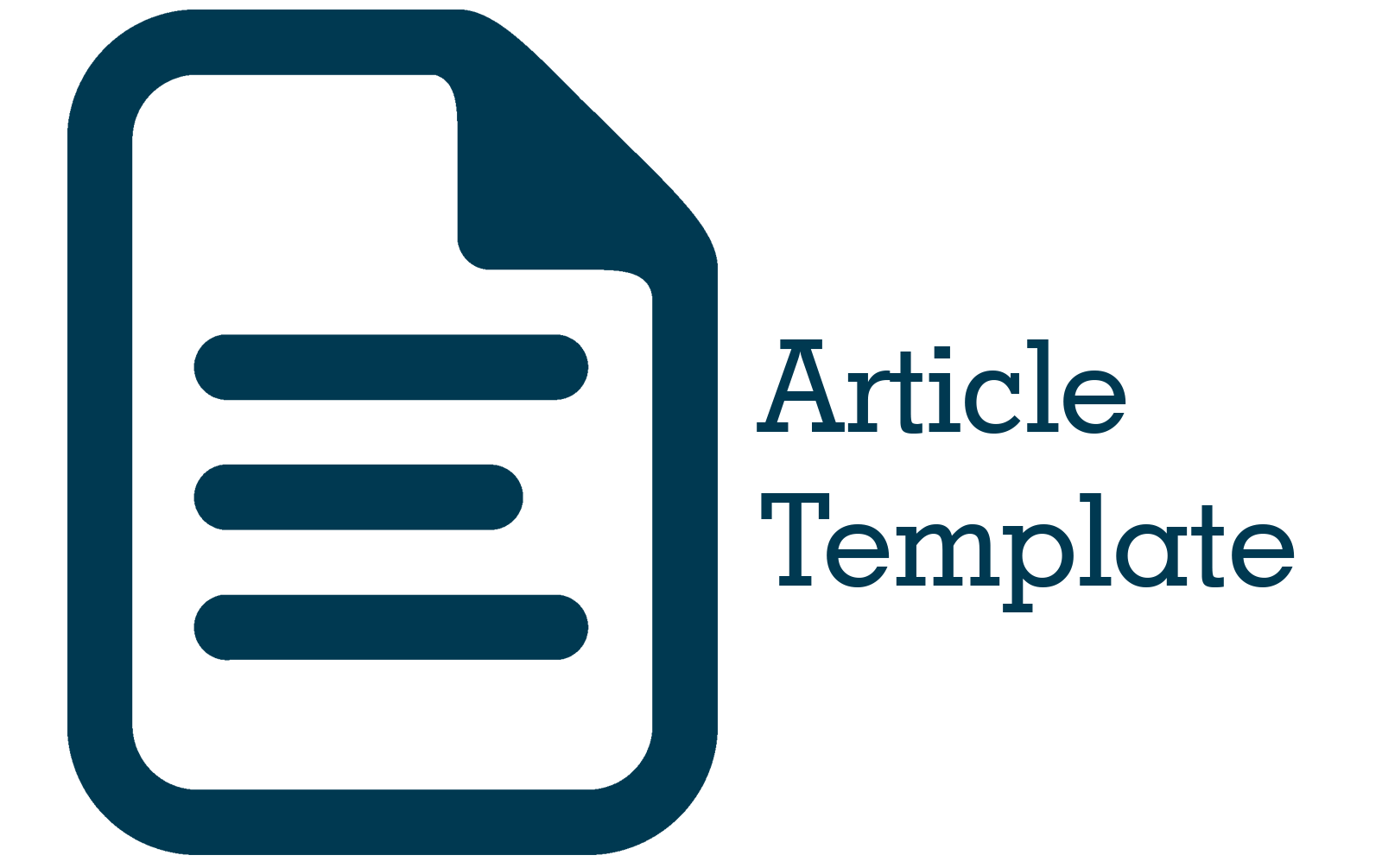Klasifikasi Tutupan Lahan Multitemporal Menggunakan Metode Random Forest di Kota Bekasi
Abstract
Abstract. Bekasi City has experienced a very significant increase of built-up land expansion with the significant decrease proportion of the area of vegetation at once. This is due to its strategic location and directly adjacent to the capital, making Bekasi City a center of population settlement in Jabodetabek area. Remote sensing and Google Earth Engine software are used for the approach of this study. The aims of this study are to identify land cover expansion change in Bekasi City on 1988 - 2022. The data that used in this study consist of Landsat 5, Landsat 8, and Landsat 9 imagery. To identifying land cover, the random forest classification method was used, as well as the NDVI and NDBI methods to classify the level of vegetation density and built-up land density so the final result of land cover classification approaches the system of Local Climate Zone (LCZ) classification. The results showed that types of land cover that had a significant increase include high density built up land, medium & low density built up land. Whereas High density vegetation and shrubs had significant decrease in the last 34 years.
Abstrak. Kota Bekasi mengalami peningkatan perluasan lahan terbangun yang sangat signifikan yang selaras dengan penurunan proporsi luasan vegetasi yang signifikan. Hal ini disebabkan letaknya yang strategis karena berbatasan langsung dengan ibukota menjadikan Kota Bekasi sebagai pusat pemukiman penduduk pada area Jabodetabek. Penginderaan jauh dan perangkat lunak Google Earth Engine digunakan untuk pendekatan penelitian ini. Penelitian ini bertujuan untuk mengidentifikasi perubahan perluasan tutupan lahan di Kota Bekasi tahun 1988 - 2022. Data yang digunakan dalam penelitian ini terdiri dari citra Landsat 5, Landsat 8, dan Landsat 9. Untuk mengidentifikasi tutupan lahan digunakan metode klasifikasi hutan secara acak, serta metode NDVI dan NDBI untuk mengklasifikasikan tingkat kerapatan vegetasi dan kerapatan lahan terbangun sehingga hasil akhir klasifikasi tutupan lahan mendekati sistem klasifikasi Local Climate Zone (LCZ). Hasil penelitian menunjukkan bahwa jenis tutupan lahan yang mengalami peningkatan signifikan meliputi lahan terbangun dengan kepadatan tinggi, lahan terbangun dengan kepadatan sedang & rendah. Sedangkan vegetasi kerapatan tinggi dan semak belukar mengalami penurunan yang signifikan dalam 34 tahun terakhir.
References
Adeanti, M., Harist, M.C., 2019. Analisis Spasial Kerapatan Bangunan Dan Pengaruhnya Terhadap Suhu Studi Kasus di Kabupaten Bogor. SNG 3, 529. https://doi.org/10.24895/SNG.2018.3-0.1005
Apriani, V.I., Asnawi, 2015. TIPOLOGI TINGKAT URBAN SPRAWL DI KOTA SEMARANG BAGIAN SELATAN. Jurnal Teknik PWK 4, 405–416.
Danniswari, D., Honjo, T., Furuya, K., 2020. Land Cover Change Impacts on Land Surface Temperature in Jakarta and Its Satellite Cities. IOP Conf. Ser.: Earth Environ. Sci. 501, 012031. https://doi.org/10.1088/1755-1315/501/1/012031
El-Hattab, M.M., 2016. Applying post classification change detection technique to monitor an Egyptian coastal zone (Abu Qir Bay). The Egyptian Journal of Remote Sensing and Space Science 19, 23–36. https://doi.org/10.1016/j.ejrs.2016.02.002
Fardani, I., 2020. Landuse change prediction model based on Cellular Automata (CA) method in Bandung City. J. Phys.: Conf. Ser. 1469, 012030. https://doi.org/10.1088/1742-6596/1469/1/012030
Guha, S., Govil, H., Gill, N., Dey, A., 2021. A long-term seasonal analysis on the relationship between LST and NDBI using Landsat data. Quaternary International 575–576, 249–258. https://doi.org/10.1016/j.quaint.2020.06.041
Hermanto, 2017. The Evaluation Of The Urbanization Effects As Trigger Of Urban Sprawl In Bogor, West Java (Doctoral Dissertation). Institut Pertanian Bogor, Bogor.
Hidayat, A.S., 2020. Penggunaan Webgis Dalam Analisis Perubahan Urban Heat Island Di Kabupaten Bekasi Tahun 2008 – 2018 (Skripsi). Universitas Islam Negeri Syarif Hidayatullah, Jakarta.
Landis, J.R., Koch, G.G., 1977. A One-Way Components of Variance Model for Categorical Data. Biometrics 33, 671. https://doi.org/10.2307/2529465
Lillesand, T.M., Kiefer, R.W., Chipman, J.W., 2015. Remote Sensing and Image Interpretation, Seventh. ed. John Wiley & Sons, New York.
Nurwanda, A., Honjo, T., 2018. Analysis of Land Use Change and Expansion of Surface Urban Heat Island in Bogor City by Remote Sensing. IJGI 7, 165. https://doi.org/10.3390/ijgi7050165
Pradhesta, Y.F., Nurjani, E., Arijuddin, B.I., 2019. Local Climate Zone classification for climate-based urban planning using Landsat 8 Imagery (A case study in Yogyakarta Urban Area). IOP Conf. Ser.: Earth Environ. Sci. 303, 012022. https://doi.org/10.1088/1755-1315/303/1/012022
Ridwan, Rasyidi, E.S., Syafri, Rahman, R., Okviyani, N., Jumadil, Ma’rief, A.A., 2021. Assessment of the relationship between building density and urban heat island using Landsat images in Makassar City. IOP Conf. Ser.: Earth Environ. Sci. 802, 012042. https://doi.org/10.1088/1755-1315/802/1/012042
Rwanga, S.S., Ndambuki, J.M., 2017. Accuracy Assessment of Land Use/Land Cover Classification Using Remote Sensing and GIS. IJG 08, 611–622. https://doi.org/10.4236/ijg.2017.84033
Sari, D.P., Wartaman, A.S., Luru, M.N., 2021. The characteristic of urban sprawl in Bekasi City, Indonesia. IOP Conf. Ser.: Earth Environ. Sci. 737, 012029. https://doi.org/10.1088/1755-1315/737/1/012029
Singh, R., Kalota, D., 2019. Urban Sprawl and Its Impact on Generation of Urban Heat Island: A Case Study of Ludhiana City. J Indian Soc Remote Sens 47, 1567–1576. https://doi.org/10.1007/s12524-019-00994-8
Endasmoro, T. K., & Akliyah, L. S. (2023). Analisis Kesesuaian Pemanfaatan Ruang di Kecamatan Cianjur. Jurnal Riset Perencanaan Wilayah Dan Kota, 39–46. https://doi.org/10.29313/jrpwk.v3i1.1948
Wijayakusuma, B. (2023). Faktor yang Mempengaruhi Alih Fungsi Lahan Daerah Resapan Air Kecamatan Cimenyan. Jurnal Riset Perencanaan Wilayah Dan Kota, 29–38. https://doi.org/10.29313/jrpwk.v3i1.1929











